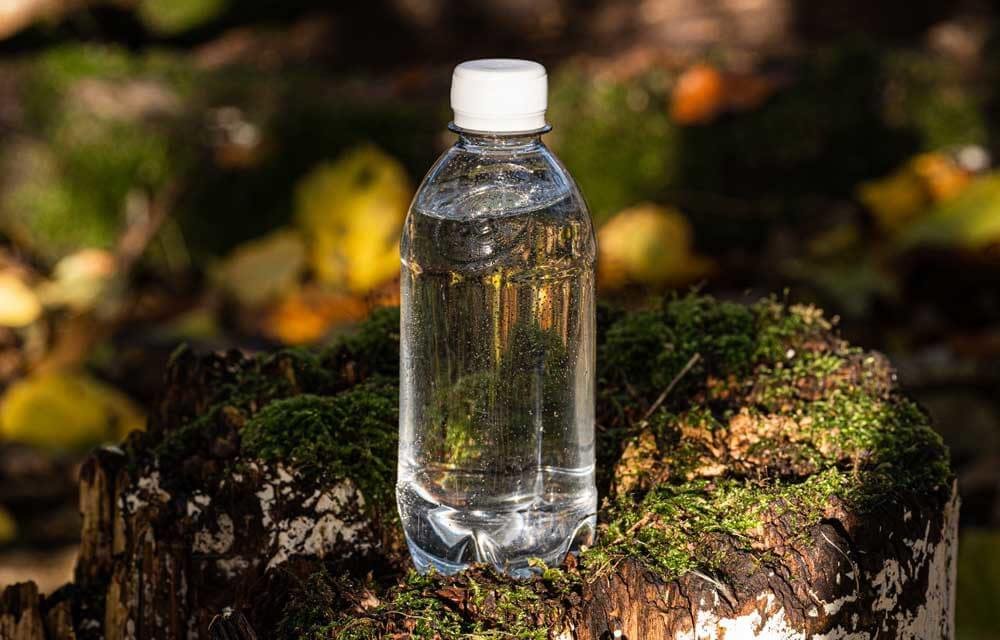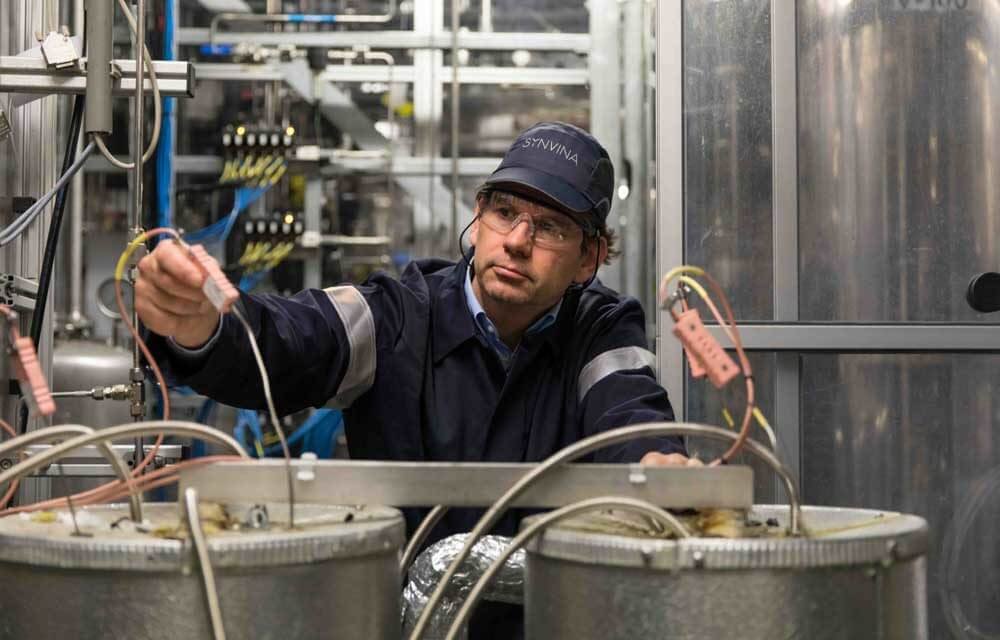Plastics have become a fundamental part of the packaging world. There is a broad spectrum of applications for polymers. In addition, they have a low weight, long shelf-life and can also be used in sensitive application areas like the food or pharmaceutical industry.
Therefore it comes as no surprise that plastics are used en masse in packaging. According to information by the German association IK – Industrievereinigung Kunststoffverpackungen e.V., in 2021 in Germany alone, more than four million tons of plastic were produced for packaging – whether for wraps, bottles, closures, bags or pallets. This means that production increased by 1.5 percent compared to the previous year.
But this blessing also has a darker side. Plastics, and this also applies to packaging made thereof, are said to be harmful to the environment. One the one hand, the industry has made lots of progress regarding recycling and circular economy. On the other, there is one factor that remains unchangeable, regardless of reusability: New plastics are usually made from oil, and therefore from a finite resource.


WHAT EXACTLY ARE BIOPLASTICS?
However, most products definitely need packaging. One way to escape this dilemma is the use of so-called bioplastics. According to definition by the European Bioplastics association, a raw material is considered bioplastic if it is either biobased, that is consists in part or as a whole of sustainable raw materials, or is biodegradable, that is, able to be reduced to its components by microorganisms under certain circumstances. In the best case, bioplastics fulfil both criteria.
Almost all bioplastics currently produced are biobased. There are nevertheless fossil plastics which are biodegradable, and many universities and research centres are studying bacteria which might be able to decompose fossil plastics. But right now their proportion is still insignificant. Therefore, as a rule, bioplastics are for the greatest part produced from sustainable raw materials. Compared to fossil raw materials, this is already an advantage. Further, bioplastics can already be produced in part from already used organic material, which further improves their environmental impact from cultivation. This is called multiple sequential use.
WHAT CAN BIOPLASTICS DO?
Regarding applications, bioplastics are just as versatile as their fossil counterparts. Because common plastics like polyethylene (PE), polypropylene (PP) or polyethylene terephthalate (PET) can for example also be gained from sugar cane or from bio masses that are created during the production of plant oil. It is true that plastics are still partially produced from both fossil and biobased polymers, but that can change as well in the future.
The industry is confident in any case. Only in December 2022, European Bioplastics announced that production capacity in the EU will rise from about 2.23 million tons in 2022 to about 6.3 mio tons in 2027, so roughly triple. The main driving force behind this development is the packaging industry. The reason being that a good 48 percent of all bioplastics produced in the EU – one million tons, no less – were intended for packaging production in 2022.
This includes the use of bioplastics in sensitive areas like food packaging. Japanese company Futamura, for example, produces and distributes the bioplastic wrap NatureFlex. This is made of FSC and PEFC certified wood pulp and has similar properties to PET or PP wrap. The trick: According to the manufacturer, NatureFlex can be decomposed in home composting, and not just under conditions found in industry.
The material is used for example in German supermarkets. Already since the beginning of 2022 the discount chain Norma has been distributing their own chocolate brand “Excelsior Magie du Chocolat Premium” in bioplastic wrap. British drinking chocolate manufacturer Cocoa Canopy has also been using NatureFlex for their products since 2022.


WHAT ARE THE CONSIDERATIONS?
At a first glance, nothing has changed for consumers, they only have to change their habits of disposing of the wrap. The reason is that NatureFlex wraps, like most biobased wraps, should not enter the raw material circulation for recyclable, fossil plastics, but be added to the compost or the residual waste, in case they are not compostable. The processing companies have the responsibility to alert their customers through information on the packaging.
Another challenge that companies face when using bioplastics is their ability to be processed. The new raw materials might have similar properties to fossil plastics, but: This does not mean they can just be fed into the same machines. For example, Cocoa Canopy worked closely together both with Futamura and mechanical engineering company BW Flexibles. CEO Nav Notay: “Futamura has contributed a lot to our success. Especially regarding the right bag packaging machines, we have received support and found the perfect solution with the engineers.”
WHAT DOES THE FUTURE HOLD?
One current favourite within the sector is the bioplastic polyethylene furanoate (PEF). The material is gained from plant sugar – usually from corn, wheat or sugar beets – and displays similar properties to PET. Dutch company Avantium produces PEF for use in bottles for beverages.
According to the nova institute PEF has superior barrier properties, is mechanically and chemically recyclable and can also be recycled within the possibilities of established PET recycling. PEF has a 12 °C higher resistance to heat compared to PET and greater stability. This makes the development of light packaging material made from PET possible with less use of resources. Avantium has already used this plant based packaging material in a pilot run, and in autumn 2022 has started building a plant for furandicarboxylic acid with a capacity of 5,000 tons per year in Delfzijl in the Netherlands.
In many applications, bioplastics therefore already are a possible alternative to conventional fossil plastics, or constitute a sensible addition. As production increases on an industrial scale, the materials should become interesting for mid-sized and small companies, too, and also achieve a positive impact on the carbon footprint.

